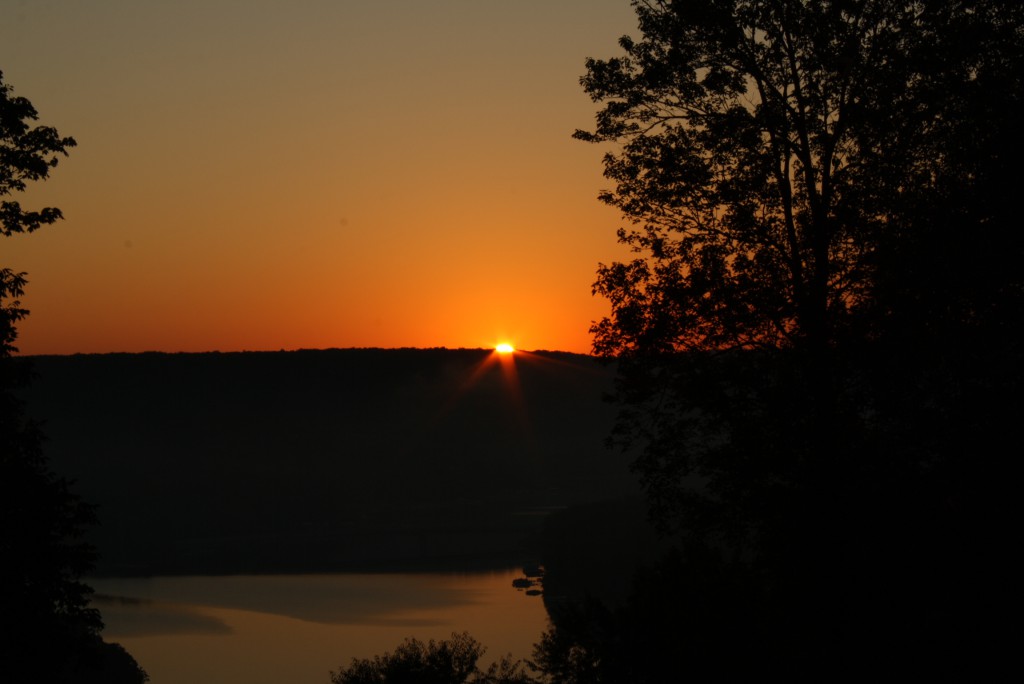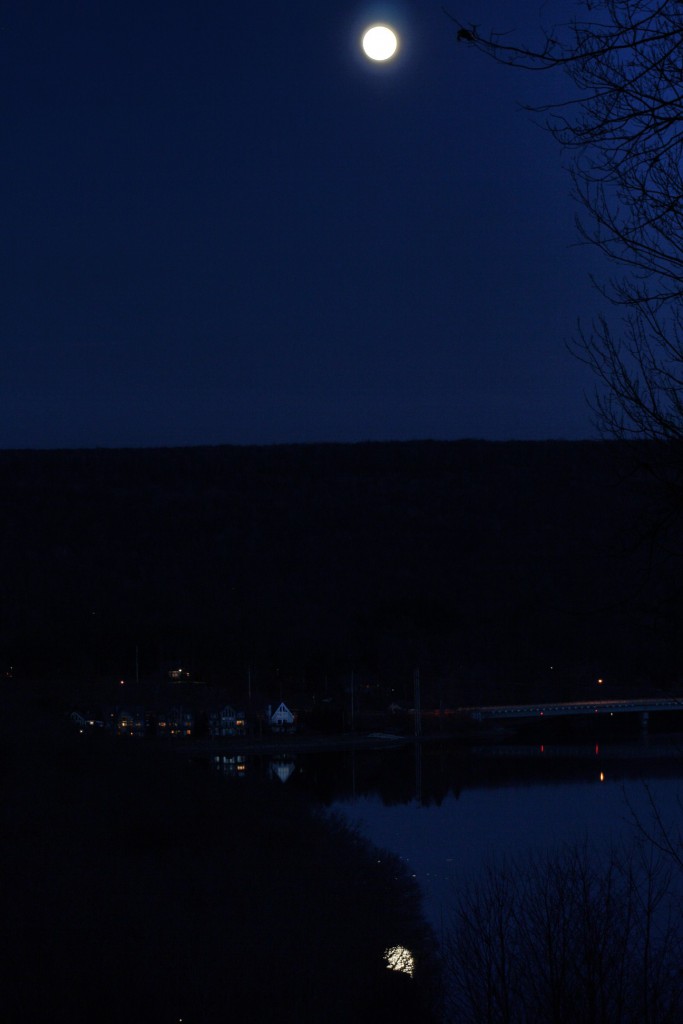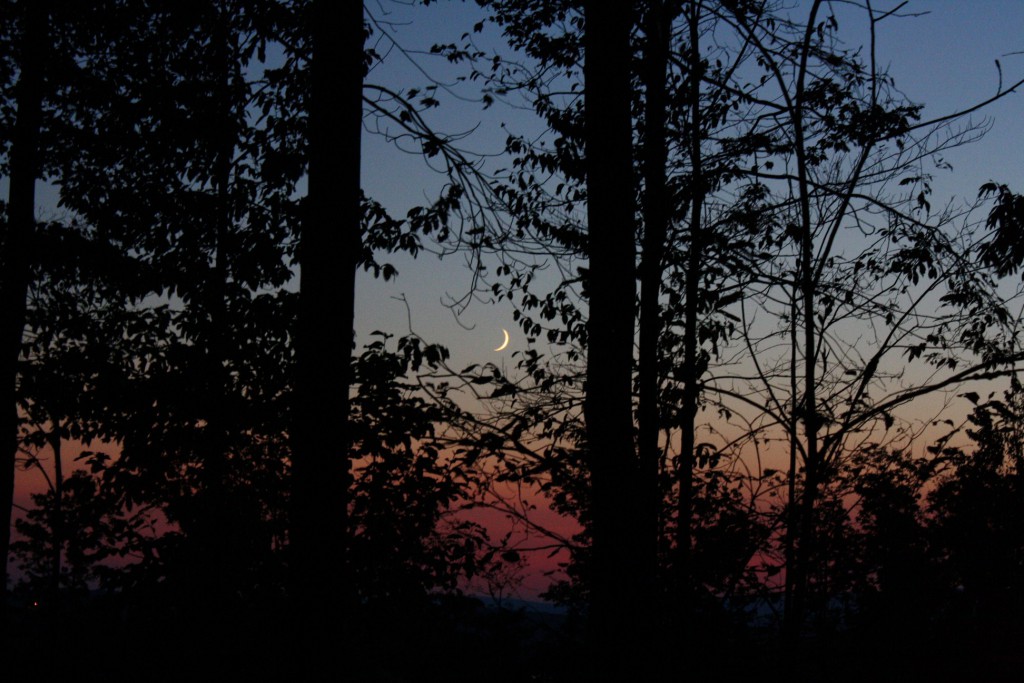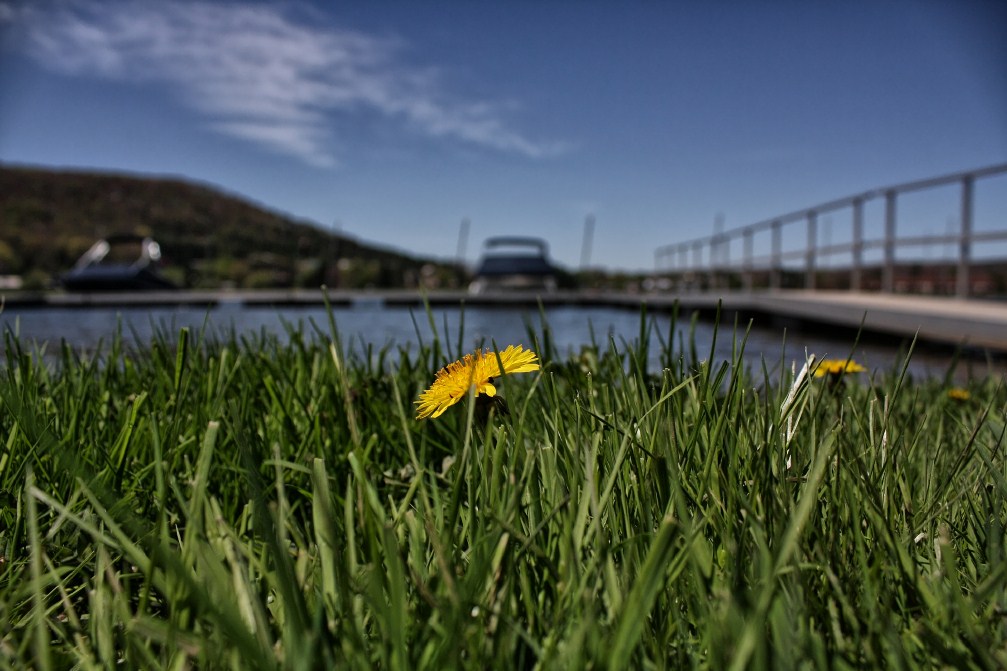
 tay
tay
The Short History of the War of 1812 in Maryland
John Miller
Maryland in the War of 1812-A Living Historical Event.The most forgotten war in America’s history is the War of 1812. Overshadowed by the Napoleon’s War in Europe, the War of 1812 today is a forgotten war. Although the major campaigns were fought in the Great Lakes and Canadian region, a campaign was launched by the British that focused on our nations newly formed capital city of Washington during the late summer of 1814.
On June 18, 1812 the United States declared war on Great Britain. The reasons for a war was because the Royal Navy was boarding US ships and taking back English escaped sailors. William Cobbet an Englishman said “They seemed to be wanting just such a war as this to complete the separation of England from America; and make the latter feel that she had no safety against the former but in the arms of her free citizens.” During the beginning of the War of 1812, the American territory was penetrated at three different points, by way of Lake Champlain, the Chesapeake Bay, and the Mississippi.
The British began an offensive campaign of capturing Washington in the summer of 1814. With much speculation of invasion, the Americans began construction of earth works on Fort McHenry by winter of 1813 to initiated preparations for a defensive campaign. The final year of the War of 1812 was distinguished by a greater invasive vigorous British force than what had earlier distinguished them.
As preparations on the Chesapeake were carried out, Captains Michael Sluss, Jacob Row, and Privates Michael C. Adelsberger, James Storm, Felix B. Taney, Jesse Nusseur, John Wetzel, and Peter Remby were all men from the Emmitsburg area, who joined the Maryland Militia to help defend Baltimore and Washington from the threat of a possible British infringement. Although Emmitsburg was a forgotten footnote in American history, the Toms Creek area became famous due to one individual, named Francis Scott Key.
Francis Scott Key (son of General John Ross Key) was born on August 1, 1779, in western Maryland on the family estate outside of Tom’s Creek called Terra Ruba. He was the son of an established Maryland family, and attended grammar school at Annapolis when he was 10 years old. At the age of 17, he graduated from St. Johns College in Annapolis and moved to Frederick, Maryland. He became a lawyer in Frederick until he moved to Georgetown. By 1805 he had established in law practice in Georgetown, Maryland and became one of the best lawyers in Washington. Francis Scott Key was a religious man and was involved in the Episcopal Church. Although opposed to the war, he served for a brief period with the Georgetown Light Field Artillery.
During the Battle of Bladensburg, Key was assigned of giving out field positions to the American troops. As the British began preparations to attack Fort McHenry, Francis Scott Key was taken into captivity while arranging Dr. Beans’ release and witnessed the British bombardment of Fort McHenry in the Baltimore Harbor. He often wrote poems and the sight of the American flag still flying over the fort at daybreak inspired him to write the poem entitled “The Star-Spangled Banner,” which he set to the tune of an old English drinking song called, “To Anacreon in Heaven.
President James Madison warned his cabinet that he expected the British to attack Washington. The president then selected General William Winder to command a newly created Tenth Military District that covered Maryland, Northern Virginia, and the District of Columbia.. With much debate with the number of troops he had in his command, he could not order the defenses of Washington to be reinforced by additional troops until there was imminent danger.
August 24, was a day that America would rather forget. It was this day that Bladensburg was fought and is when Washington was taken by the British. During the morning, the British had marched for seven miles to Bladensburg. The British army still felt the swaying of the sea in their knees and the hot weather forced some of the soldiers dropped dead in their tracks. As British approached Bladensburg, the danger became more than threatening, as they clashed for three hours with a much stronger American force. The tired soldiers of the British came onto the field without their Sharpshooters. The Americans thought how strange for the British to engage without support of their Sharpshooters. The Americans had thought a quick victory was at hand.
The defenses on the American right flank consisted of the Baltimore Artillery, who was entrenched on a knoll over looking the bridge that the British had to use. The Secretary of State James Monroe had arrived on the field and helped changed General Tobias Stansbury’s deployments giving the Americans a chance for victory. General Stansbury’s command fired a massive volley at the on coming British allies under Duke Wellington, as they began to scatter.
Seeing the British approach and the deployment of their artillery the Baltimore artillery held off the British. As the British began to charge the bridge, Colonel Thornton gave the order to his command to charge. The Baltimore artillery had no chance to fire the oncoming British as Colonel Thornton’s early charge did not allow them time to weaken the army. The British seeing the American advance, the red coats hurried as they placed their three cannon and began to fire at the defenses of the Americans. As the British engaged Colonel Thornton’s small army, they began to break through.
The British soon advanced on Colonel Wadsworth’s Baltimore Artillery, seeing the British charge, Wadsworth gave the command “load” as the Americans mistakenly placed the wadding in the barrel of the cannon, before placing the charge of powder, and this left the Americans fleeing, leaving both cannon behind. The 5th regiment was ordered to support the Baltimore Artillery; soon they were repulsed as rockets flew in the air. The British with three cannon and the Congreve Rocket petrified the militia as they broke and fled after a few volleys were fired. The right of the American army began to splinter, as General Winder pleaded with these men not to retreat and advance the British. The whole right flank of the American army started to retreat. Out of 1350 men the Americans had only fifty stayed and fought before they to retreated. The Americans were breaking giving the National Turnpike to the British, as the militia was in full flight as they were insufficiently trained to withdraw in good order. At this point private Henry Fulford quoted “Our main objective was to flee from the British and head to a near by swamp.”
The Americans received reinforcements from Commodore Joshua Barney and 400 sailors and marines who arrived at Bladensburg and formed the third line of battle. The sailors and the marines held as long as they could while the Americans retreated. The only defense of the Americans had to slow the British advance on Washington, was a battery of five naval cannon. Only the sailors and marines held firm, but the British eventually maneuvered around them. Commodore Joshua Barney and his battalion were the only Americans to gain credit for the day. President Madison was tracking down the Secretary of War to find out what steps were in the works to meet the final British assault, he was shocked and disheartened to find out there was no plan. By 4:00 P.M. the Battle of Bladensburg was over, it had lasted three hours.
The position of American troops at Bladensburg was improperly coordinated. General Winder himself contributed to the defeat by ordering the militiamen to retire before they were properly deployed. The battle of Blandensburg became known as “The Bladenburg Races.” After a few hours rest the British formed up and continued on toward Washington.
By dusk, the British approached the heart of Washington bearing a flag of truce and demanded surrender. Suddenly from a house window the flag of truce is fired upon. The British troops rushed into the house where the shots had been fired from, and put all who were found in the house to the sword and then reduced the house to ashes. They went onto burn and destroy every building connected to the government. This was a major embarrassment to our nation, which resulted disastrously to the Americans as important historical landmarks and official government documents were destroyed. The British stayed in Washington for two nights as the city laid in agony. The weather had turned for the worst, as a storm made landfall. Not knowing when the broken American army would try and retake Washington, the British to abandon Washington the next night.
Early September, after their success in Washington, the British decided to follow up with an attack on Baltimore. This city was an attractive target not only because it was a large commercial center and an important base for privateers but also because it was such a hotbed of algophobia. On the afternoon of September 11, General John Stricker of the American army marches out of Baltimore toward North Point with 3,200 men. That evening he encamped seven miles from the city near the Methodist-meeting house. The next morning a British force of 5,000 landed at North Point under the command of General Robert Ross and Admiral George Cockburn.
At 7 A.M. on September 12, General Stricker receives word of the British landing and orders all baggage to the rear, while he arranges his brigade into three defense lines at the narrowest point between the Patapsco and Back Rivers. At noon the two forces met and a brief skirmish erupts. During the skirmish, British General Ross was killed. The command was then given to Colonel Arthur Brooke. Colonel Brooke brings up the Light Infantry and Rocket Batteries and encounters General Stricker’s 3rd Brigade. Unable to hold his left flank against a British flanking assault, he orders an orderly fallback to the defenses of Baltimore City on Hampstead Hill. By 4 p.m. General Sticker the burning of a large ropewalk (a long, low building used for manufacturing rope for ships), creating “a very brilliant light” that temporarily causes panic in Baltimore. British warships began to sail up the river to take position two miles from Fort McHenry.
By 5:30 A.M. on September 13, the British warships commence the bombardment of Fort McHenry, their artillery quickly replied. British warships then move and anchor out of range from the fort’s cannon. While on land at north Point, the British push forward and try to out flank the American right, but is countered. As the British return to their former position east of Hampstead Hill, Colonel Brooke considers a frontal assault at midnight upon the American left flank. If he would pursue this plan, he would need the British navy to distract the Americans. As the British continued to attack Fort McHenry, a British mortar shell make a direct hit on Bastion Number 3 dismounting a 24-pound cannon and killing Lt. Levi Claggett and Sergeant John Clemm of the Baltimore Fencibles.
The British, believing they had executed severe damage, moved nearer to the fort. With the British ships now within range of the fort’s guns, the American defenders respond with all available guns, scoring several hits. As the land battle of North Point was underway, Colonel Brooke receives a message from the Vice Admiral that the ships cannot lend support to his assault because sunken vessels and the extensive American shore batteries block the channel. The British intend to engage the western shore batteries and create a diversion in hopes of pulling the Americans from Hampstead Hill to support the threat on Fort McHenry and the backdoor of their defenses, favoring an assault by Brook’s forces on Hampstead Hill.
The British continued their march to Baltimore. After getting within sight of the cities defenses, the British decided to turn back because they could not lure the Americans out from their defensive works. Meanwhile Cohchrane had brought up his bomb and rocket ships to attack Fort McHenry. Major George Armistead stood with 1000 men to defend the fort. Cohcrane wanted to silence the guns of the fort so that he could bring in the smaller ships and then weaken the American lines.
As midnight approached the British flotilla proceeds with its diversionary plan up the Ferry Branch, Colonel Brooke has already decided to withdraw the Army and return to their shipping at North Point. Brooke’s decision would not reach the Navy in time to cancel the Ferry Branch offensive. The American defenders at Forts Covington and Babcock discover the British flotilla offshore and open crossfire on the barges. Two barges are sunk. After the bombardment, Fort McHenry ceases its fire against the British ships. By 7 a.m. the next morning, the British cease-fire and begin to withdraw. As the last British ship sails down river, Fort McHenry raises the Star-Spangled Banner over the ramparts. That evening, a small cartel vessel passes Fort McHenry and docks at Fells Point and on board is Francis Scott Key.
The British bombardment of Fort McHenry began at 5:00 a.m. on the morning of September 13, as a young lawyer named Francis Scott Key watched the red glare of the British rockets, the bombs bursting in air over the Fort and wrote a poem about the flag that was still flying over the fort after a siege of three days and nights. The British gave up the siege and retreated, the Americans had held out, it was a heartening victory and a version of Key’s poem would become our National Anthem.
After the War of 1812 Francis Scott Key continued practicing law. He was the district attorney in Washington, D.C. until his death on January 11, 1843. He is buried at Mount Olive Cemetery in Frederick, Maryland. “The Star-Spangled Banner,” which Francis Scott Key wrote became our country’s national anthem in 1931.
Today, Tera Ruba (Latin for Red Earth) stands as a monument in honor of Francis Scott Key outside of Toms Creek in the small town of Keysville. The only monuments for their brave acts during the War of 1812 are the tombstones in which these soldiers of Emmitsburg sleep. In James Helman’s 1906 book A History of Emmitsburg history he lists those who are buried in the Cemeteries around the Toms Creek area and they are as follows:
- Michael C. Adelsberger
- Jesse Nusseur
- Paxton Peter Remby
- Capt. Jacob Row
- Capt. Michael Sluss
- James Storm
- Felix B. Taney
- John Wetzel
A personal note: While researching this article, I ran into two of my ancestors who fought in the War of 1812. Private Miller Junkins, died December 1, 1814 and Private John Durst who served in the First Rifle Battalion Maryland Militia. My mother has always told me Francis Scott Key is a relation in my family heritage.
STORY -JOHN MILLER









































